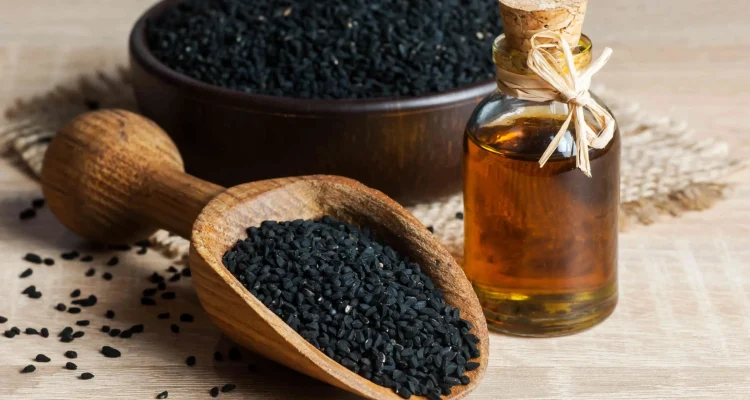Childhood allergy is an increasing concern, with symptoms ranging from sneezing and itching to more severe reactions. While conventional treatments are necessary, many parents are seeking natural alternatives to help manage allergy and alleviate symptoms. Here are some lesser-known, yet effective home remedies that might surprise you with their simplicity and efficacy.

1. Nettle Leaf Tea
- Why it works: Nettle leaf has natural antihistamine properties and is rich in vitamins and minerals that can help reduce inflammation and allergy symptoms.
- How to use: Brew a cup of nettle leaf tea by steeping one teaspoon of dried nettle leaves in a cup of hot water for 5-10 minutes. Once cooled, it can be sweetened with honey and given to your child to drink. This can be done once or twice daily.
2. Quail Eggs
- Why it works: Quail eggs contain ovomucoid proteins, which act as natural anti-allergens and can help build immunity against common allergens.
- How to use: Incorporate quail eggs into your child’s diet by boiling them or adding them to salads and meals. Start with one egg per day and gradually increase as tolerated. Consult with a pediatrician before introducing quail eggs to ensure there are no adverse reactions.
3. Turmeric Milk
- Why it works: Turmeric has potent anti-inflammatory and antioxidant properties that can help reduce allergy symptoms and boost the immune system.
- How to use: Mix a teaspoon of turmeric powder in a glass of warm milk (dairy or plant-based) and give it to your child before bedtime. Adding a bit of honey can improve the taste and increase the remedy’s benefits.
4. Mango Leaf Extract
- Why it works: Mango leaves contain anthocyanins and flavonoids that have anti-allergic and anti-inflammatory properties.
- How to use: Boil a few fresh mango leaves in water, let it cool, and then strain the liquid. Give your child a few tablespoons of this extract daily. You can sweeten it with a bit of honey to make it more palatable.
5. Bael Fruit (Wood Apple)
- Why it works: Bael fruit is known for its ability to soothe the digestive system and reduce inflammation, which can indirectly help with allergy symptoms.
- How to use: Prepare bael fruit juice by blending the pulp with water and a bit of honey. Give your child half a cup of this juice daily to help manage allergy symptoms.
6. Red Onion Water
- Why it works: Red onions are high in quercetin, a natural antihistamine that can help reduce the body’s allergic response.
- How to use: Slice a red onion and soak it in a glass of water overnight. Give your child a few tablespoons of this onion-infused water several times a day. The taste can be strong, so mixing it with a bit of honey or lemon can help.
7. Tulsi (Holy Basil) Leaves
- Why it works: Tulsi leaves are known for their immunomodulatory and anti-inflammatory properties, which can help reduce allergic reactions.
- How to use: Boil a handful of tulsi leaves in water, let it cool, and strain the liquid. Give your child a few tablespoons of this tulsi water daily. It can also be added to their regular drinking water.
8. Nigella Sativa (Black Seed Oil)

- Why it works: Black seed oil has been traditionally used for its anti-inflammatory and immune-boosting properties, which can help manage allergy symptoms.
- How to use: Mix half a teaspoon of black seed oil with honey or juice and give it to your child daily. Ensure you start with a small dose to monitor for any adverse reactions.
9. Ajwain (Carom Seeds) Fomentation
- Why it works: Ajwain seeds have anti-inflammatory and antimicrobial properties that can help soothe respiratory symptoms caused by allergies.
- How to use: Heat a handful of ajwain seeds in a pan until they start to crackle. Wrap them in a clean cloth to make a small pouch. Apply this warm pouch to your child’s chest and back for relief from congestion and other respiratory symptoms.
10. Banana Flower
- Why it works: Banana flowers are rich in vitamins and flavonoids that have anti-inflammatory properties and can help reduce allergy symptoms.
- How to use: Prepare a salad with finely chopped banana flowers, mixing in yogurt and a bit of salt for taste. Include this salad in your child’s diet regularly.
Conclusion
These unique home remedies offer natural and gentle ways to help manage childhood allergies. While they can provide relief, they should be used in conjunction with professional medical advice and treatment. Always consult with a healthcare provider before introducing any new remedy to ensure it’s safe and suitable for your child. By integrating these surprising and effective remedies, you can help your child find comfort and relief from the troubling symptoms of allergies.